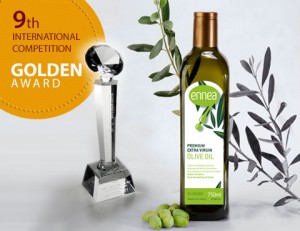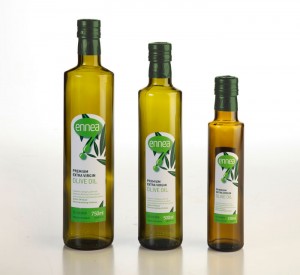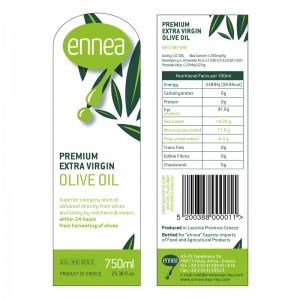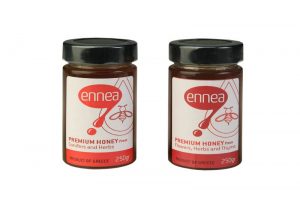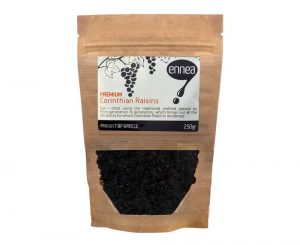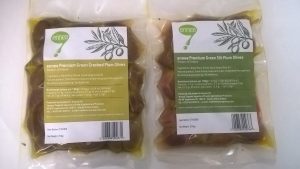FAQ
What does “extra virgin” mean when refering to olive oil?
Extra virgin is the highest quality olive oil, characterized by perfect flavor and odor and a maximum acidity of 0.8% ( in oleic acid ).
The majority of olive oil (75-80%) produced in Greece is extra virgin olive oil because the olives are cold pressed within 24 hours of harvesting.
What is P.D.O. Extra virgin olive oil ?
P.D.O. means Protected Designation of Origin. Extra virgin olive oils bearing the PDO logo have proven characteristics that are the result of the land and the abilities of producers in the region of production with which they are associated. As a result, PDO products require all stages of the food production process to be carried out in the area concerned.
Why is P.D.O. important?
P.D.O. status was created by the European Union in 1992 as a way to ensure the quality and authenticity of the foods we consume, but also as a way to help promote those agricultural products and foods that have special value because of the way or place in which they are produced.
What is cold extraction?
The term cold extraction describes the process by whichatolive oil is produced.
Olives are first pressed so as to become a fine paste and then this paste is mixed so the small oil droplets are agglomerated in bigger ones, and the aromas are created through the action of fruit enzymes (malaxation).
The paste then is introduced in to industrial decanters where with the help of water the oil is separated from the residues (pomance). It is at this stages that the term cold extraction is used as the water should be at a temperature below 27°C (80°F) and the olive oil producers (in E.U.) must be able to verify this.
Temperature of water above 27°C (80°F) will lead to loss of aroma and taste, increase of acidity, and destruction of vitamins and antioxidants (polyphenols) and thus reduce the health effects of olive oil
Why do traditional olive oil Millstones produce higher quality extra virgin olive oil ?
Traditional millstone pressing, being slow in process provides less stress to the skins and pits. As a result the oil has a smoother taste and high level of polyphenols.
How long does olive oil last?
Olive oil naturally lasts for about 18 months if properly stored, i.e. in a dry and cool place away from direct sunlight. If stored otherwise, it will lose its color and oxidation will occur thus reducing its health effects.
How can I know when my olive oil isn’t good to eat anymore?
Eating olive oil that hasn’t been stored in conditions as described above is not dangerous.
If you are unsure about your olive oil, you can check its smell and taste.
If the taste is mouldy, or wine, or metallic, or rancid this is a proof that the oil was not stored properly.
Is the oil still edible when it looks cloudy or white?
Olive oil will become cloudy if exposed to low temperatures, below 8°C / (46°F), it will not lose any of its qualities even when exposed to low temperatures. Olive oil will clear again after some time at room temperature.
Does olive oil contain cholesterol?
Olive oil, unlike animal fats, is cholesterol free.
What does acidity mean? What do the other characteristics show?
Acidity: high value of acidity means that the olive oil comes from low quality olives or improper processing.
Peroxide index: high value shows that the oil has undergone oxidisation or other deterioration
Wax content: high value shows presence of pomance oil. Note that in the high acidity virgin olive oils this value will increase with time.
Absorbency in ultraviolet (K232, K270, ΔΚ): high values show that the oil is in a state of oxidization. Moreover the K270 and ΔΚ values might also give information for probable falsification of olive oil with seed oils or refined oils
The standards for Extra Virgin Olive Oil dictate that the following parameters should be within certain limits as follows:
Free acidity≤ 0.8
Peroxide value≤ 20
Absorbency in ultra-violet
K 270 ≤0.22
K232 ≤2.50
ΔK ≤ 0.01
Wax content ≤ 2,50

